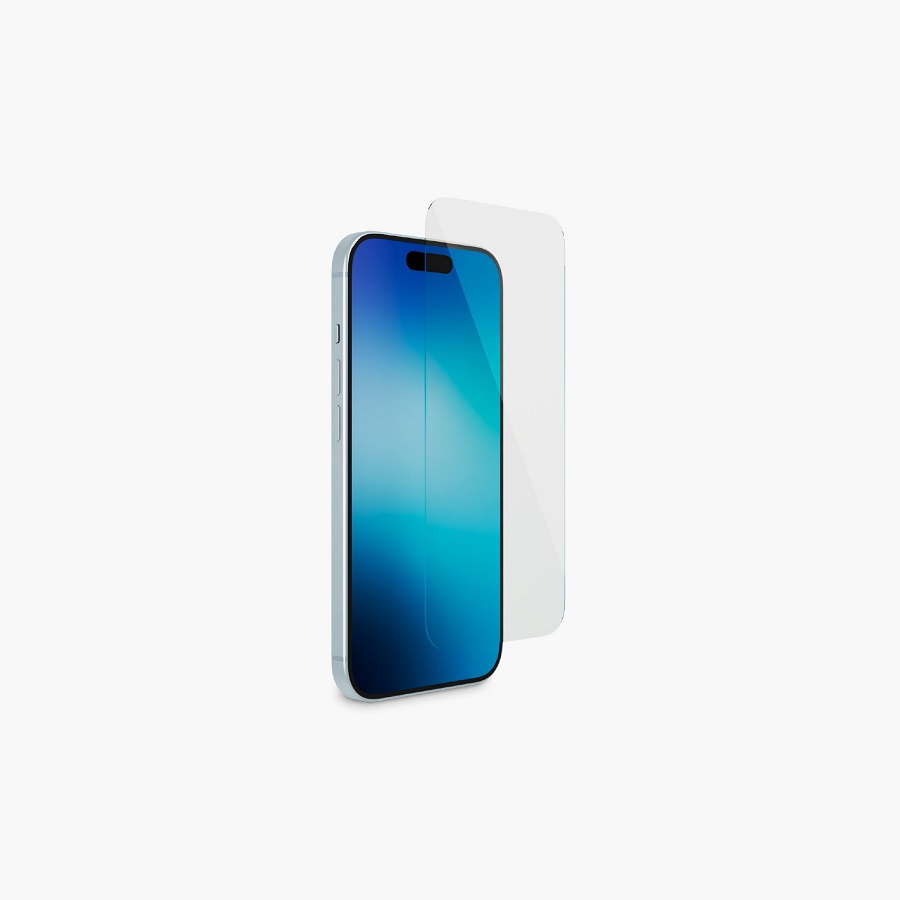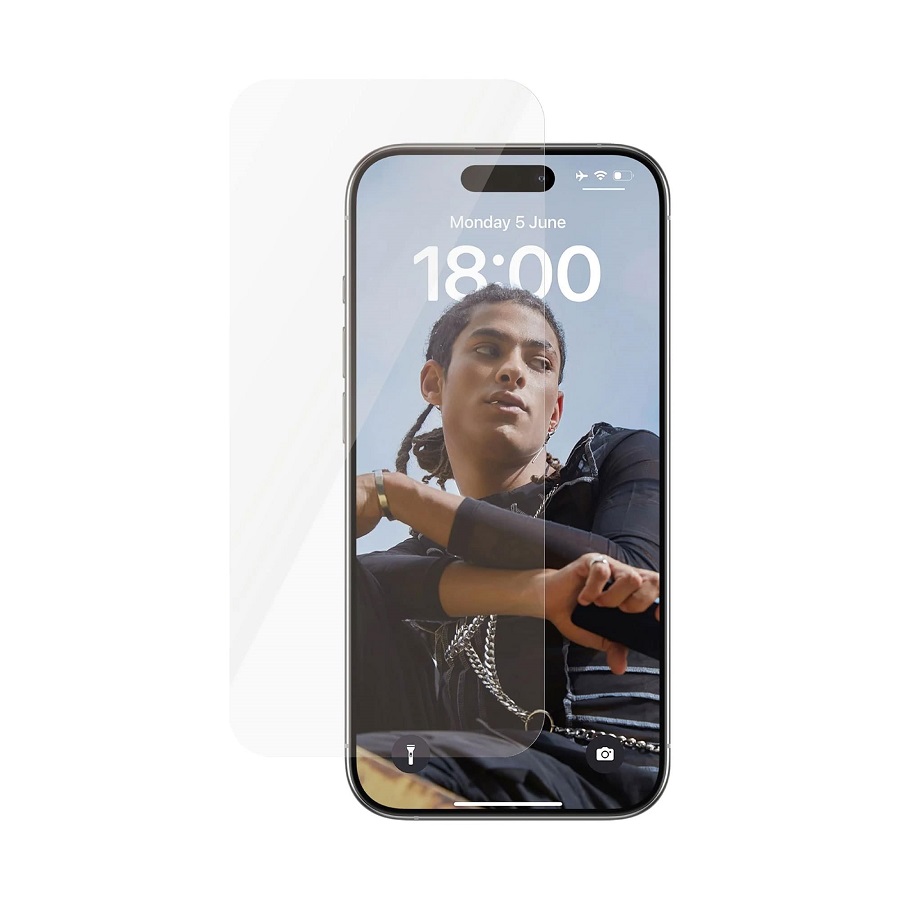The iPhone 15 has arrived, boasting a range of impressive features and enhancements over its predecessors. As with any new smartphone, one of the most common questions among potential buyers is whether a screen protector is necessary. In this article, we will dive deep into the topic of screen protectors for the iPhone 15, examining their benefits, materials, and alternatives to help you make an informed decision.
Understanding the iPhone 15’s Display
The Technology Behind the Display
The iPhone 15 features a stunning Retina XDR display, which provides vivid colors, deep blacks, and remarkable brightness levels. With advancements in display technology, Apple has made significant strides in protecting the screen from scratches and damage. The glass used in the iPhone 15 is designed to be more resilient than previous models, incorporating Ceramic Shield technology that enhances durability. This innovation raises the question: How necessary is a screen protector when the device itself is built to withstand everyday wear and tear?
Durability vs. Damage Potential
While the iPhone 15’s display is engineered to be tougher, it is not impervious to damage. Everyday activities, such as placing the phone in a pocket or bag with keys or other sharp objects, can lead to scratches. Additionally, accidental drops are a common occurrence that can result in cracked screens. Understanding the balance between the inherent durability of the device and the potential for damage is crucial in determining whether a screen protector is a wise investment.

The Benefits of Using a Screen Protector
Enhanced Protection Against Scratches
One of the primary reasons users opt for screen protectors is the enhanced protection they provide against scratches. Even with the advanced technology in the iPhone 15, no device is completely scratch-proof. A quality screen protector acts as a first line of defense, absorbing impacts and preventing scratches from everyday items like keys or coins. By using a screen protector, you can maintain the pristine condition of your display, ensuring that it remains clear and vibrant over time.
Reducing the Risk of Cracks
In addition to preventing scratches, screen protectors can significantly reduce the risk of cracks from accidental drops. While the iPhone 15 is designed to withstand falls better than older models, accidents can still happen. A tempered glass screen protector can absorb shock upon impact, distributing the force and lessening the likelihood of severe damage to the screen. This added layer of security can save you from costly repairs or replacements, making a screen protector a sound investment for many users.
Types of Screen Protectors Available
Tempered Glass Screen Protectors
Tempered glass screen protectors are one of the most popular options available on the market. Made from chemically treated glass, these protectors offer excellent impact resistance and scratch protection. They often mimic the feel of the original screen, providing a smooth touch experience that many users appreciate. Installation is generally straightforward, with most kits including everything needed for a bubble-free application. Additionally, tempered glass protectors come in various thicknesses, allowing users to choose the level of protection that best suits their lifestyle.
Plastic Film Screen Protectors
Another option is plastic film screen protectors, which are typically thinner and more flexible than tempered glass. While they offer decent scratch protection, they are not as effective at absorbing impacts as glass protectors. However, they tend to be less expensive and can be easier to install. Plastic film protectors also have the advantage of being less prone to shattering, making them a viable option for users who prioritize lightness and flexibility over maximum protection.
Evaluating Your Lifestyle Needs
Consider Your Daily Activities
When deciding on the necessity of a screen protector, consider your daily activities and how you use your iPhone 15. If you frequently engage in outdoor activities, travel often, or work in environments where your device may be exposed to potential hazards, a screen protector may be essential. On the other hand, if you primarily use your phone in controlled environments, such as at home or in an office, you might feel comfortable without one.
Assessing Personal Habits
Your personal habits also play a significant role in determining whether a screen protector is necessary. Do you tend to drop your phone often? Are you someone who carries your device with other hard objects in your pocket or bag? If you answer yes to either question, investing in a screen protector could be a wise choice. Conversely, if you are careful with your devices, you might find that the iPhone 15’s built-in durability suffices for your needs.

The Cost Factor
Evaluating the Price of Screen Protectors
Screen protectors can vary widely in price, from budget-friendly options to premium brands that boast advanced features. While it might be tempting to opt for the cheapest option, it’s important to consider the potential trade-offs in quality and protection. A higher-quality screen protector, though slightly more expensive, can provide significantly better protection and durability, ultimately saving you money in repairs or replacements down the line.
Weighing Repair Costs Against Protector Prices
When evaluating whether to invest in a screen protector, it’s beneficial to consider the potential costs of repairing a damaged screen. Depending on the extent of the damage, repairs for cracked screens can be quite expensive, often ranging from hundreds of dollars. In contrast, a good screen protector may only cost you $20 to $50. When you weigh the cost of prevention against the potential expense of repair, the decision to use a screen protector becomes more compelling.
User Experiences and Opinions
Real-Life Testimonials
User experiences regarding the necessity of screen protectors can vary. Many individuals share positive testimonials about their screen protectors saving their devices from serious damage. For instance, users who have accidentally dropped their iPhones report that their tempered glass protectors absorbed the impact, leaving the actual screen intact. These real-life stories often serve as persuasive evidence for those on the fence about screen protection.
Counterarguments from Minimalists
On the flip side, some users advocate for the minimalist approach, arguing that the iPhone 15’s display is robust enough on its own. They emphasize that with careful handling, the likelihood of significant damage is low. Additionally, some users express concerns about the added bulk or altered touch sensitivity caused by screen protectors. Understanding both perspectives can help you navigate the decision-making process more effectively.
Alternatives to Screen Protectors
Phone Cases With Integrated Protection
If you’re not keen on using a screen protector, consider investing in a high-quality phone case that offers integrated screen protection. Some cases feature raised edges or built-in screen shields that can prevent direct contact with surfaces when placed face down. While these cases may not provide the same level of protection as dedicated screen protectors, they can offer a useful compromise for users looking to minimize bulk while still safeguarding their devices.
Insurance Options for Peace of Mind
Another alternative to using a screen protector is to explore insurance options for your device. Many carriers and third-party providers offer plans that cover accidental damage. These insurance policies can provide peace of mind, allowing you to use your iPhone 15 without worrying too much about potential damage. While this option may involve ongoing costs, it can be a worthwhile investment for those concerned about maintaining their device’s condition.
Making the Final Decision
Balancing Protection and Aesthetics
Ultimately, the decision to use a screen protector comes down to balancing protection with aesthetics. While the iPhone 15 boasts an attractive design and display, many users value maintaining that visual appeal. A high-quality screen protector can preserve the look of your device while offering essential protection. Consider how much you value the aesthetic elements of your phone against the potential risks of everyday usage.
Personal Preferences Matter
In the end, personal preference plays a crucial role in deciding whether to use a screen protector. Some users may prioritize maximizing their phone’s protection, while others may prefer a more minimalist approach that showcases the device’s design. Reflecting on your unique preferences and lifestyle can help guide your decision, ensuring that you select the option that best aligns with your needs.

Conclusion: Is a Screen Protector Right for You?
In conclusion, the necessity of a screen protector for the iPhone 15 ultimately depends on individual circumstances, lifestyle, and preferences. While the iPhone 15 features advanced display technology designed to withstand everyday wear and tear, it is not immune to damage. Screen protectors offer significant benefits, including enhanced protection against scratches and cracks, making them a worthwhile consideration for many users.


